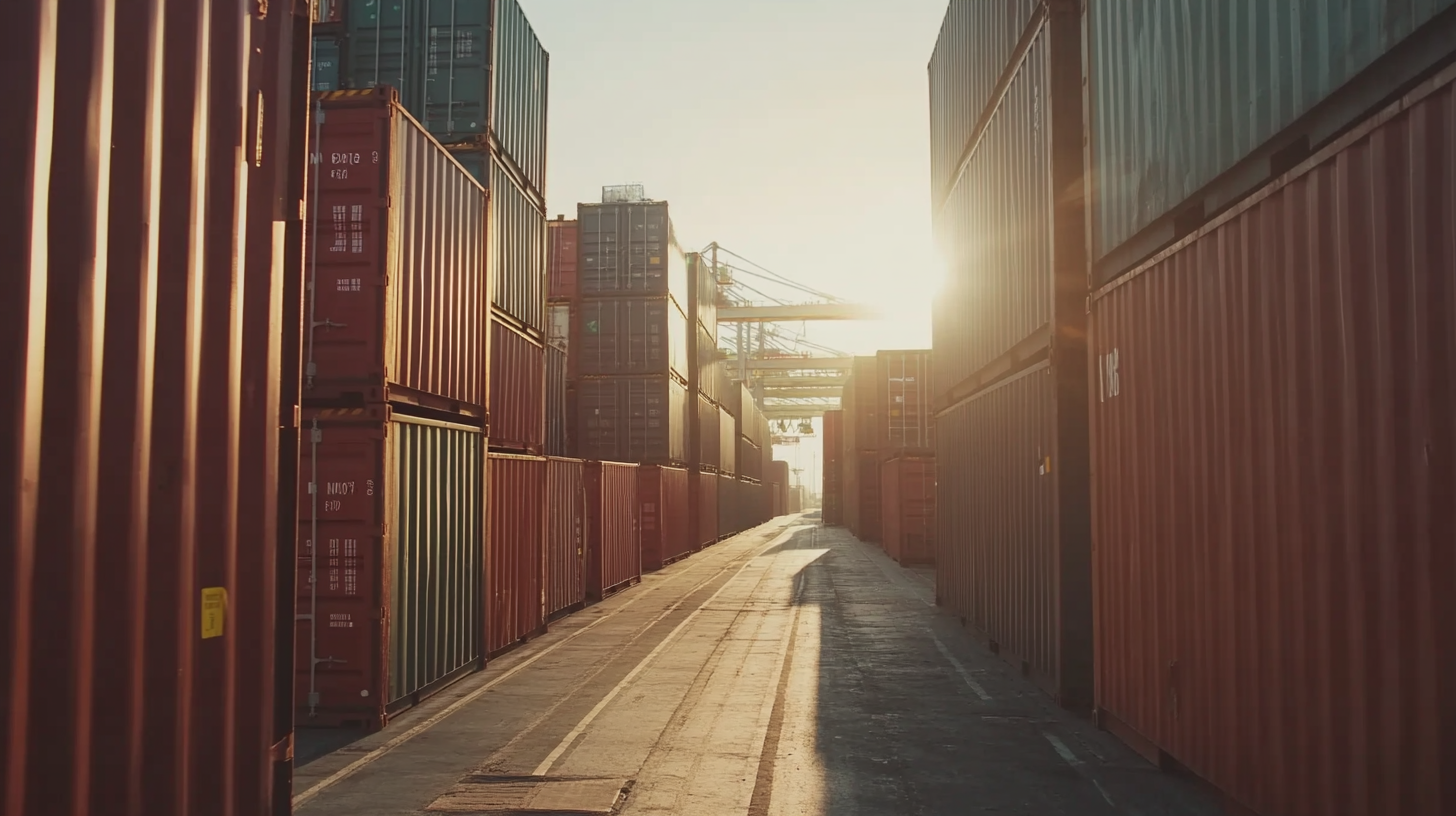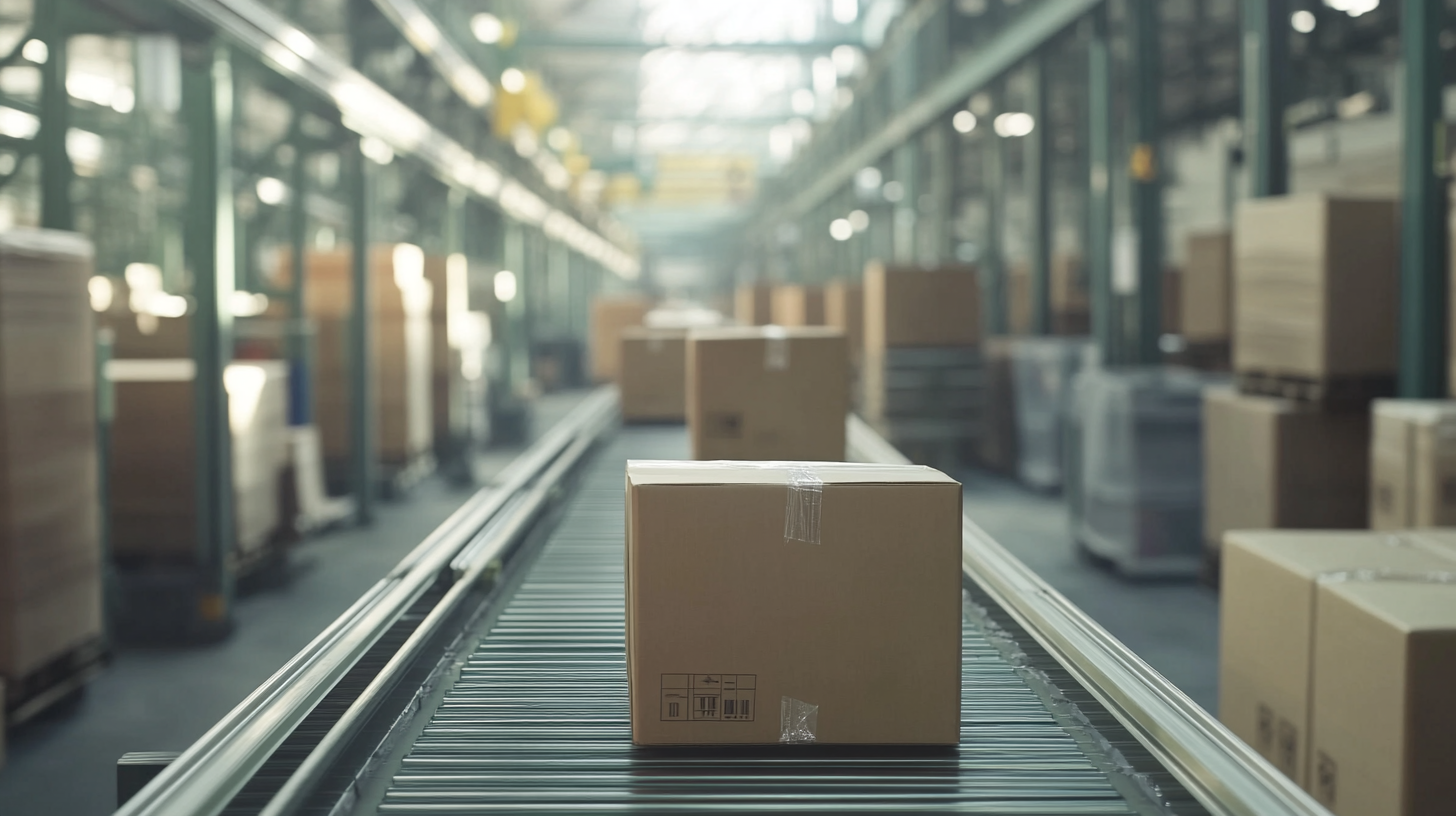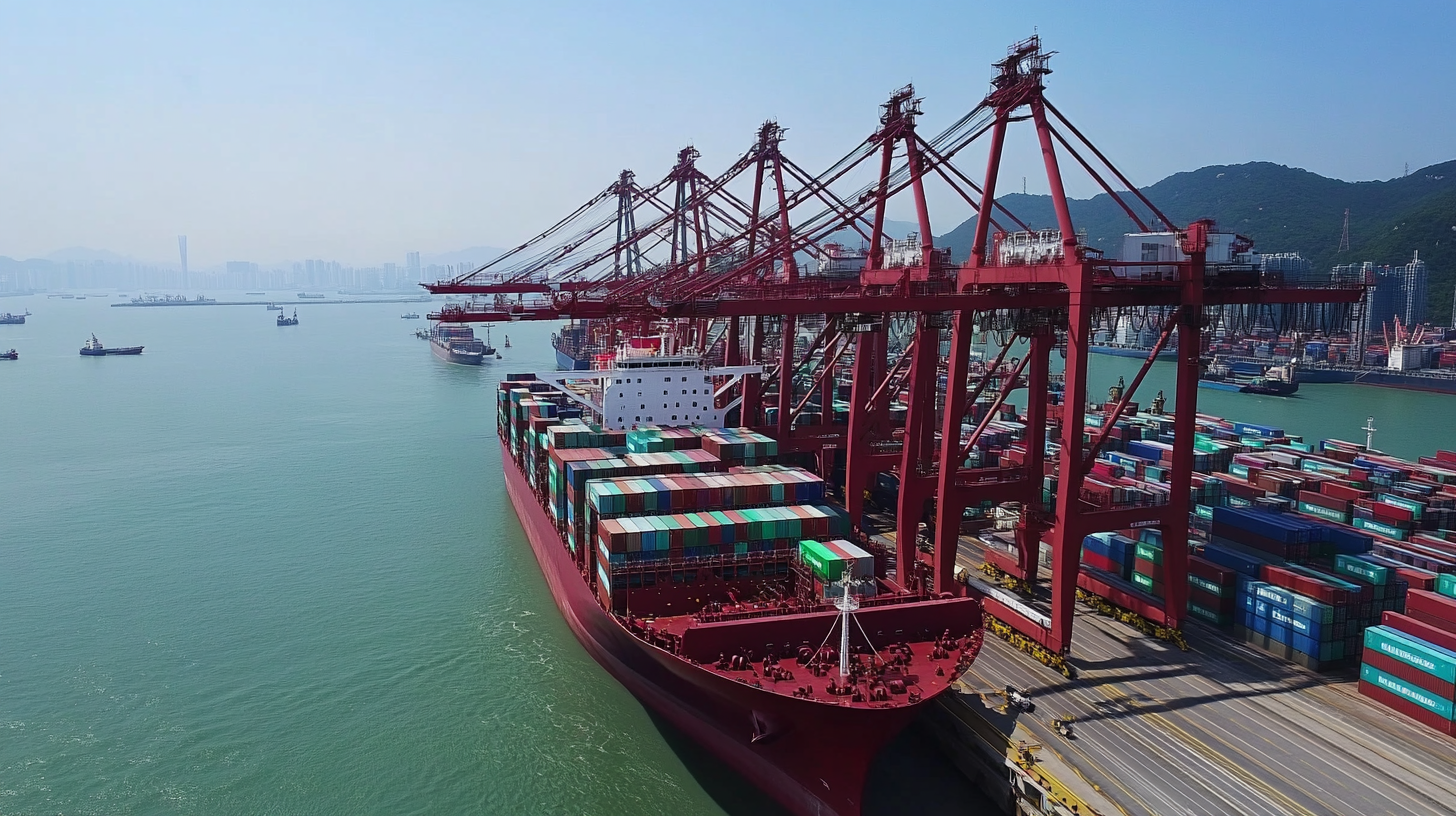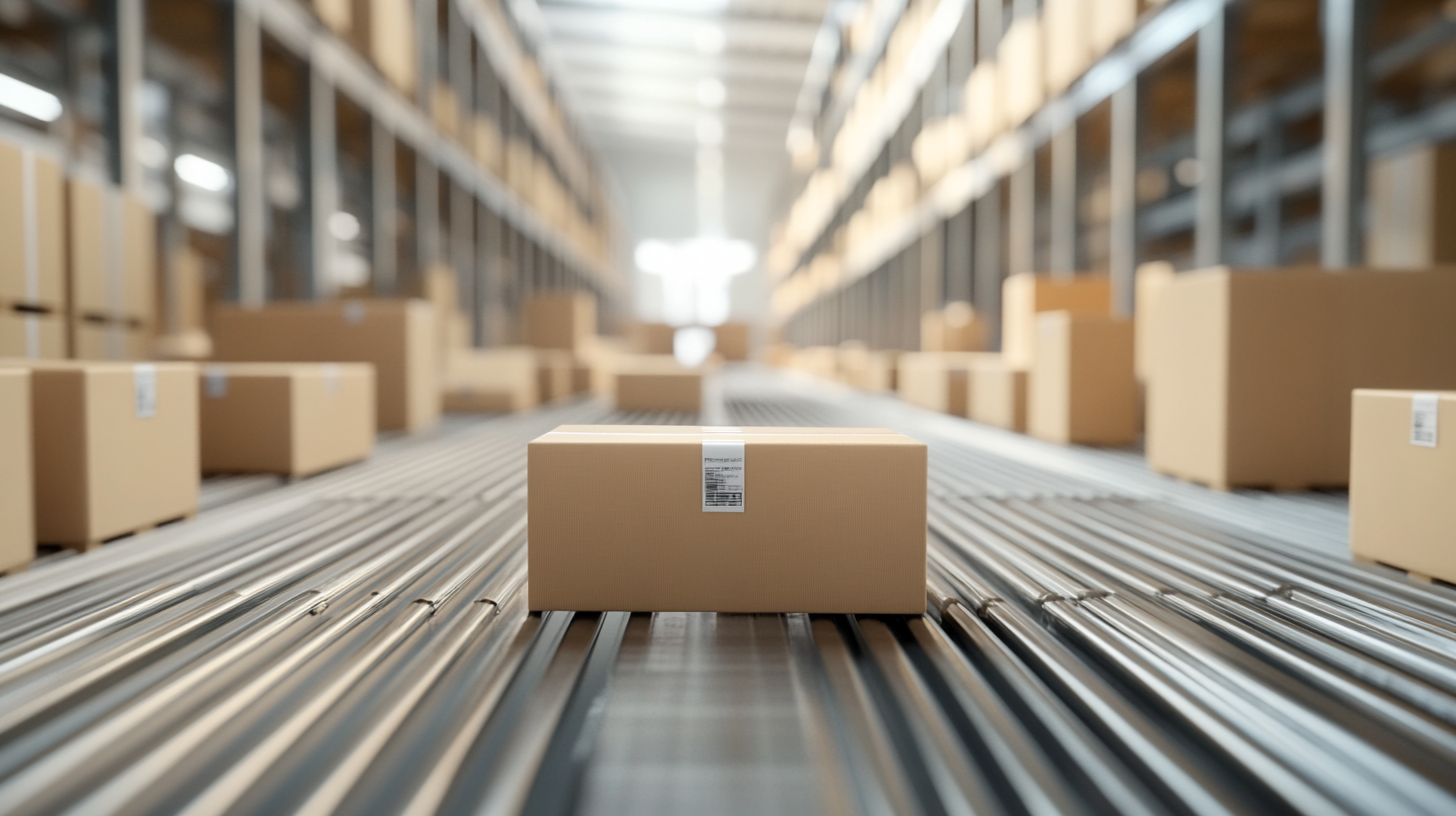A-B-C Blog
Ensuring Quality in Global Supply Chain What are the Standards for Containers and Packaging
Global supply chains, according to different authorities including Smithers Pira, have provided a basis for the quality of products since the systems of transport and storage make up one of the most important facets of this chain. Again, "containers and packaging" provide another vital link in the system. Forecasts by Smithers indicate that by 2024, the global market for sustainable packaging alone will touch $500 billion, with more emphasis on quality and environmental concern. Containers used for shipping products affect both the safety of the goods stored and the sustainability practices that the company adopts in different industries.
Containers and packaging represent the very basic means with which companies can pursue quality harmonization to satisfy consumer and regulatory demands. The International Organization for Standardization (ISO) has published a number of guides on these paramount issues stressing the importance of compliance in product safety and brand reputation. A survey reported that 76% of manufacturers focus on packaging compliance and quality assurance, deeming them vital for their successful operations. Therefore, knowledge of containers and packaging standards and best practices is a necessary tool for any company that seeks to thrive in the competitive arena of global trade.

Quality Standards for Containers: An Overview of ISO Regulations
The quality standards for containers and packaging are important in ensuring safety within and efficiency of the global supply chain. The International Organization for Standardization (ISO) has laid down several requirements of significance for the manufacturers and logistics providers in maintaining the quality standards. Among the list, ISO 9001 addresses quality management systems and ensures that organizations meet customer and regulatory requirements while enhancing the processes through continuous improvement. This is a standard relevant for any organization along the supply chain as it ultimately leads to improvement in operational efficiency and customer satisfaction. With the recent certification of a myriad of companies and ports, these ISO standards are now finding real application in Sri Lanka. The port has recently become the first in the country to gain comprehensive ISO certification, having attained ISO 9001:2015, ISO 14001:2015, and ISO 45001:2018. Besides emphasizing the port's commitment to quality management and environmental stewardship, the certification also positions the port well in the global logistics scenario. More to the point, companies in the healthcare sector are obtaining certifications such as ISO 13485, a significant certification governing the manufacture of medical devices, thus emphasizing their commitment to safety and compliance with global standards. Now, the accelerated movement towards ISO compliance across many industries reflects a concerted drive toward quality and safety in the production of containers and packaging. In addition, movements toward ISO 29001 certification for the oil and gas sector are growing, indicating a developing need for standardization of quality management practices. Such a trend will ensure that organizations are implementing more organized approaches toward quality management, transcending to better results in the global throughput of supply chain activities.

The Role of ASTM Standards in Ensuring Packaging Integrity
Packaging integrity is most valuable in the maintenance of product quality and safety within a global supply chain. The establishment of standards for containers and packaging is therefore fulfilled by ASTM (American Society for Testing and Materials). These standards therefore prescribe detailed requirements on several issues, of which material properties, durability, and safety testings help ascertain packaging suitability under transport and handling conditions.
Freedonia Group, in its research, estimates the global market for protective packaging to be almost $40 billion by the year 2025. The need for integrity-based packaging solutions will be the primary driver of this growth. Important ASTM standards that guide the development of materials to suit these needs include ASTM D4332, which assesses the influence of temperature and humidity, and ASTM F2029, which validates the ability of protective packaging to survive dynamic drop tests. The use of these standards would also improve package safety and minimize financial losses from product damages during transit.
Moreover, the respect of ASTM standards eases international trade thanks to packaging that can meet all regulatory requirements in different regions. The World Trade Organization reports that technical barriers to trade, including packaging standards, can significantly affect the trade flow. Adopting ASTM standards for packaging will generally streamline companies' supply chains with regularity and reliability, resulting in greater consumer satisfaction and loyalty. In a fiercely competitive environment, the alignment of packaging practices with ASTM standards should no longer be optional; rather, it must necessarily underpin product quality and safety in global supply chains.

Assessing the Impact of Packaging on Supply Chain Efficiency
Packaging constitutes one of the pivotal concepts in trailblazing the production of consumer items. The quality and effectiveness of packaging solutions work together to ensure that whatever items go into those packages would benefit the individual user in one way or another. Packaging was never just meant to protect; it serves as an absolute bridge between manufacturer and consumer. The significance of packaging to this schema is punitive. It plays a critical role in affecting the logistics performance, product integrity, and supply chain efficiency.
Inventory management and utilization of warehouse space are critical components of supply chain efficiency. Logically, if containers are conformed to a standard unit, warehouses can use their hired space more efficiently, avoiding wasting of spatial areas. Fittingly packed merchandise will further enhance handling and thus aids in quick handling; that is, quick loading and quick unloading. Essentially, the design of packaging and storage for products also tie in with stacking and transportation, meaning that there are grand savings on handling and damage in transit.
Another important concept in improving supply chain efficiency is inclusive of environmentally sustainable innovative packaging. Not only does the recyclable, eco-materials appeal to numerous environmentally-conscious consumers, but often, they save shipment weight and costs. Consequently, companies will go further to minimize their carbon footprint, all the more reason why the selection of packaging materials will assist in their quest for lean and cost-effective supply chains. It is only by ushering in packaging standards defined by the concept of efficiency that a business can improve upon its operational performance, ensuring the transportation of their products to the end consumer still in optimum condition and keeping a global competitive edge in the international market.

Traceability and Compliance: Meeting Global Packaging Standards
Every aspect regarding product tracking and traceability standards becomes very important when it comes to modern packaging and container standards. When it comes to food and beverage exports, this actually translates into 10% of U.S. GDP, as described in an FDA report. This necessitates the establishment of stringent packaging regulations covering safety and quality. Mainly, for establishing the movement of goods along the supply chains, traceability systems must be in place; thus, giving companies the opportunity to act quickly in case of safety problems.
Packaging safety and sustainability revolve around standards such as the ISO 9001 for quality management systems and ISO 14001 for environmental management. According to a report from the Packaging Association, up to 70% of consumers tend to buy a product that has reliable packaging which, at the same time, offers effective traceability information. It is this kind of customer behavior that is prompting companies to be more transparent, mostly through increasing use of blockchain-like technologies to verify product authenticity and traceability.
Moreover, collective international packaging standards, such as those provided for by the Global Food Safety Initiative (GFSI), make legal compliance across varied regions easier and more advantageous to the market and the end-user. Therefore, adhering to such compliance-related packaging and quality traceability systems will bring down the risk and bastion competitive advantage in an increasingly complex global supply chain.
Innovations in Sustainable Packaging: A Shift Towards Quality and Responsibility
With changing times in the global supply chain, manufacturers and consumers have equally inclined their attention to sustainable packaging now more than ever. According to a recent report by Smithers Pira, the sustainable packaging market will reach $500 billion by 2028, primarily due to an increase in consumer awareness and regulatory pressure. This transition carries a lot of weight for companies, as it is now important to incorporate such practices that align with the growing demands of an eco-friendly world.
Developments in sustainable packaging enhance the quality of products throughout the supply chain, as well as benefiting the environment. For example, the incorporation of biodegradable materials, including plant-based plastics and recycled paper, results in less waste diverted to disposal and a smaller carbon footprint. A more direct and compelling business case for companies in putting higher quality sustainable materials into investment resonated with their customer base was 2021 Global Packaging Survey, conducted by Trivium Packaging, where 74 percent of consumers say they would pay more for sustainable options.
In addition, technological advancement has a great impact on improving packaging quality. Smart packaging technology combines RFID and QR codes for managing and tracking products to ensure ethical standards during transportation. Thus, the smart packaging market is projected to grow at a CAGR of 6.5 percent from 2021 to 2026, according to Mordor Intelligence, which represents a larger trend toward quality monitoring and consumer transparency with regard to packaging.
The shift to sustainable packaging means environmental stewardship as well as the status of excellence in assurance of quality in the global supply chain. With changing measures of consumer preference, aligning packaging strategies to sustainability goals would also be important for companies that are going to play differently in this competitive environment.






